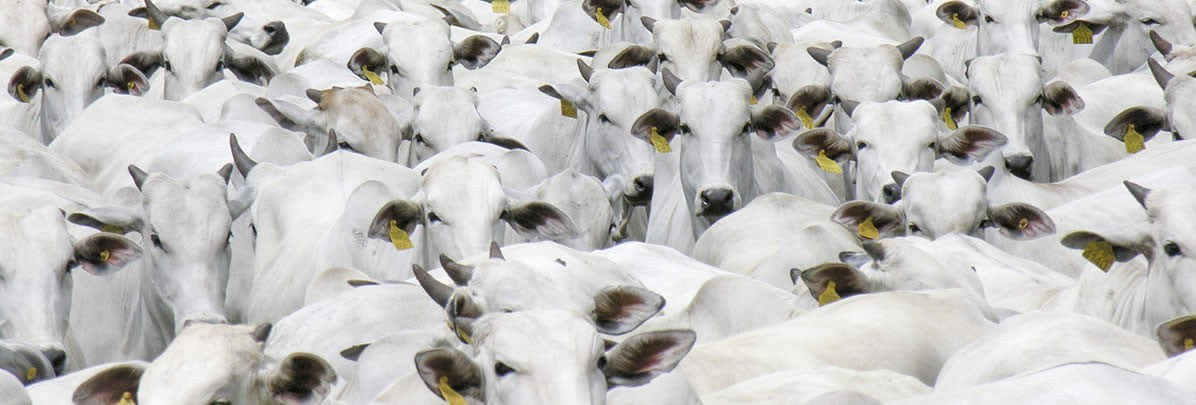
Customers
Tip for Creators
In order to help clarify some doubts and also improve the development of field services during the animal carcass evaluation period, below is a list of important points to be observed and evaluated before the evaluations begin.
|
Creator's Responsibility |
Because it's important? |
|
Advance booking |
Field technicians use their own methods for scheduling, so the sooner you contact us to schedule ultrasound evaluations, the more likely you are to get the service date you want. This may also give you the opportunity to schedule this date with other breeders in the same region and share travel costs. Before scheduling, get an idea of the number of heads so that the technician can estimate the time needed to complete the animal scanning session. Choose an assessment date that falls within the appropriate age window for the breed so that data is not lost. |
|
Field Worksheets |
The field spreadsheet with information such as RGN, age, sex, management, management batch, is necessary to verify that all animals that are at the appropriate age were evaluated and add information on additional animals, which will avoid delays in the interpretation laboratory. |
|
Containment Trunk |
Animals must always be contained in a suitable containment trunk so that the assessment can be carried out. This reduces movement and improves contact, promoting higher quality images. It also speeds things up! |
|
Provide Clean Electricity |
Electricity is needed to power ultrasound equipment, computer, clippers (when necessary), etc. An overloaded or ungrounded circuit may cause interference and may compromise the processing of intramuscular fat images. If using a clipper it may be necessary to provide two power supplies. A generator can be used if necessary. |
|
Ultrasound clipping |
The animals that will be evaluated must have hair less than 1.3 cm long, for better image quality. Zebu animals do not require this procedure. |
|
Keep animals dry |
Vegetable oil is the coupling agent used to allow ultrasound waves to penetrate the skin and form images. Water and oil don't mix. When the animal is wet, there is a reduction in contact and a low quality image. Under a cover, wet animals take around 40 to 60 minutes to dry. |
|
Weigh the animals |
Animals must be weighed on the day of carcass evaluation, however, they can be weighed up to seven days before or after the evaluation. Please be aware that weighing in after the assessment date will delay the sending of images to the laboratory. |
|
Keep animals from entering the trunk |
Basically, please do not count on the technician to “touch” the animals, the technician's role is to carry out the ultrasound evaluation and appropriate notes, other functions may interfere with the performance of the service, however, many technicians like this and are willing to help! |
